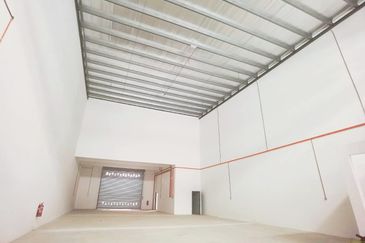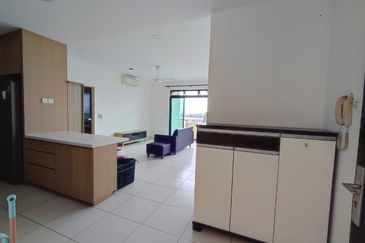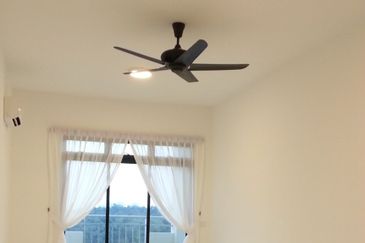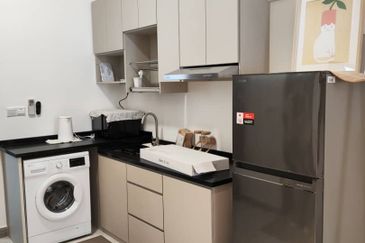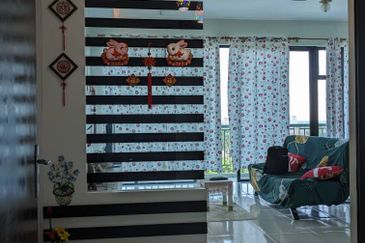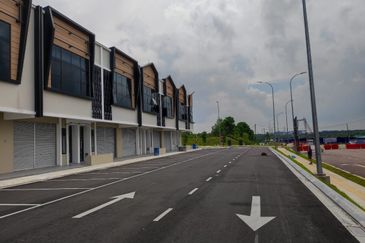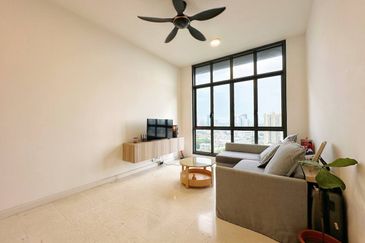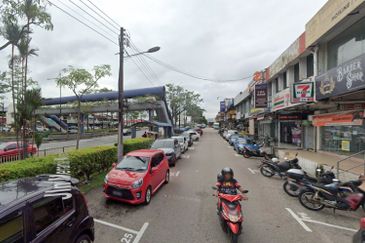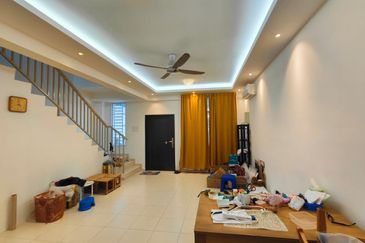
LAST year was a challenging one for the Singapore retail market. The island-wide vacancy rate for retail space climbed to 8.4% in 3Q2016 — the highest level in more than five years since the time series commenced in 1Q2011. Meanwhile, for the whole of 2016, rents in the Central area slid 8.5%, according to statistics from URA.
The soft retail market is partially cyclical, stemming from the generally sluggish economic growth and uncertainty in the employment market that led to the tightening in consumer spending. However, the bigger culprit is the structural change in shopping habits and patterns brought on by technological advances.
Eroding relevance of bricks-and-mortar stores
Singapore’s oldest department store, John Little, recently shuttered all its stores after 174 years in business. It cited that it arrived at the decision after “evaluating the relevancy and sustainability of the John Little bricks-and-mortar business” in light of the current retail landscape.
This phenomenon is not unique to Singapore. All around the world, competition from online retailers is eroding the profitability of bricks-and-mortar businesses. Many are rationalising their store portfolios, opting to maintain and focus only on the profitable ones. American retail giant Macy’s recently announced the closure of 68 stores as part of a plan to streamline its store portfolio and increase cost efficiency in the face of competition from online retailing, among other factors.
Meanwhile, Marks & Spencer announced last November that it was shutting 30 UK stores and converting 45 more into food-only shops as part of a major business overhaul that will see it devoting less shop-floor space to clothing.
Besides the conventional method of consolidating and maintaining only profitable outlets, how else can retailers and mall landlords adapt to bring in the footfall and/or to stay afloat?
Need to innovate
First and foremost, there is a need for retailers and mall landlords to innovate and differentiate themselves in the face of increased competition. Talk of rebranding and introducing a “lifestyle concept” may be old news, but retailers and landlords can take it to the next level by enhancing the experiential factor.
One way is to incorporate more “retail-tainment” tenants, for instance, Ganso Manekineko, Japan’s leading karaoke chain, which opened a facility on the eighth floor of Orchard Cineleisure last August. It even offers weekend buffets for customers.
Retail-tainment is not a new concept and has taken off in Thailand on an even larger scale. For example, in November 2015, Future Park Rangsit, a 20-year-old mall located in Pathum Thani in the north of Bangkok, expanded its space to include “Zpell”, a centre for sports that includes a futsal park, an ice-skating rink, a ski park and an indoor park called the Blossom Garden. The expansion brings the total retail space at Future Park Rangsit to 600,000 sq m, making it not only the largest shopping centre in Thailand, but one of the largest in Asia.
However, landlords should also be mindful that such retailers and operators take up large spaces in malls and their overall impact on foot traffic could be limited, as they draw patronage only from a specific interest group.
Multi-concept stores
Another trend that has been gaining traction locally is multi-concept stores that tend to offer unique lifestyle-related experiences, combining the best elements of retailing, fitness and food to cater for a broader spectrum of interests. For instance, Mahota Commune at Kitchener Complex combines multiple experiences within its 20,000 sq ft space. These include a café serving organic food, a traditional Chinese medicine clinic, a supermarket and organic products store, as well as an activity space that hosts yoga and meditation sessions.
Similarly, furniture purveyor Xtra took up 13,000 sq ft of space in Marina Square, offering various shop-in-shop experiences and is also integrated with Kith Café. Within the space are also meeting rooms for booking.
Elsewhere, Australian cosmetic label Aesop recently opened its first hybrid shop and beauty salon in Paris, designed with the aim of allowing visitors to “completely disconnect from the outside world” while enjoying their facial appointment. As one would expect, the trend of amalgamating concepts has been around for a long time, for instance, Italy, by a retailer named Eataly, is part restaurant, part supermarket, part tasting host and part school.
Omnichannel retailing
Not all retailers are able to introduce new concepts owing to factors such as a lack of capital or the lack of available contiguous space for expansion. However, they now have an opportunity to expand online and adopt omnichannel retailing, taking advantage of the growing impact technology is making on the retail scene.
Locally, electronic and telecommunication goods retailer Challenger opened its online marketplace Hachi.tech in April 2016. This allows the company to complement its network of retail stores and provides customers with the added convenience of picking up their online purchases at the store closest to them.
Established brands such as Uniqlo have also encouraged shoppers to “follow” or add them as a “friend” on mobile applications to enjoy discount codes that can be used on their online platforms in a bid to boost sales.
Even abroad, local fast-fashion brand Charles and Keith, which initially expanded into Japan, has since closed those physical stores. The company is instead focusing on developing its e-commerce site.
Some retailers have taken it a step further by only releasing their goods for purchase via mobile applications such as Instagram and Snapchat. For instance, San Francisco online-only brand Everlane released its limited-edition range of leather goods for pre-order, available only on Snapchat.
Indeed, the possibilities are limitless when we consider the ease of use when it comes to m-commerce.
Incorporating m-retailing into malls
Developers can also incorporate omnichannel retailing into their mall designs. One example is seen in the adoption of a locker system for food collection in Downtown Gallery whereby customers place their orders online, then pick up their lunches at specified timings. On the consumers’ end, besides the time saved compared with traditional food delivery, this helps to draw them back to the mall.
To further integrate e-commerce into its DNA, Singapore Post Centre, which is being redeveloped, will function as a pickup point for products stored by retailers in its warehouse. It will also allow retailers to showcase their goods within the mall to entice visitors to make purchases in-store, but with the added convenience of home delivery if they wish.
According to Galaxy Research, a market research company in Australia, shoppers still prefer in-store shopping as it allows them to check the quality of their purchases.
Singapore will continue to remain a prime test bed of ideas in the region when it comes to the retail scene. Our sizeable population and propensity to shop as a pastime, be it online or offline, will continue to be an encouraging factor for retailers.
For now, retailers and developers should continue to study the trends, successes and failures from abroad, and perhaps fine-tune some of these concepts prior to introducing them locally. We believe the retail scene in Singapore will thrive as long as retailers and landlords continue to innovate and support variations in shopping behaviour.
Tay Huey Ying is head of research and Sibyl Teo is an analyst at JLL Singapore.
This article first appeared in The Edge Property Singapore, a pullout of The Edge Singapore, on Feb 13, 2017.
For more stories, download TheEdgeproperty.com pullout here for free.
TOP PICKS BY EDGEPROP

Bandar Puncak Alam
Bandar Puncak Alam, Selangor
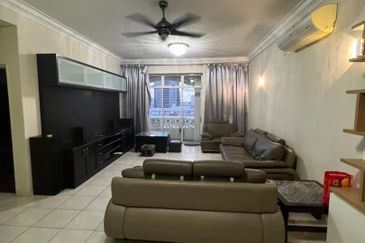
Pangsapuri Orchid View Luxury Apartment
Johor Bahru, Johor
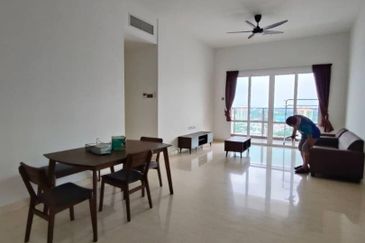
TriTower Residence @ Johor Bahru Sentral
Johor Bahru, Johor
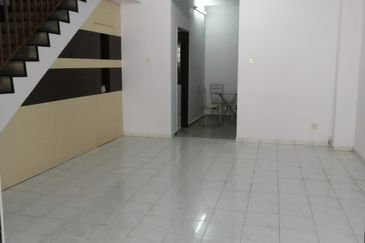
Taman Bukit Indah @ Iskandar Puteri
Johor Bahru, Johor



